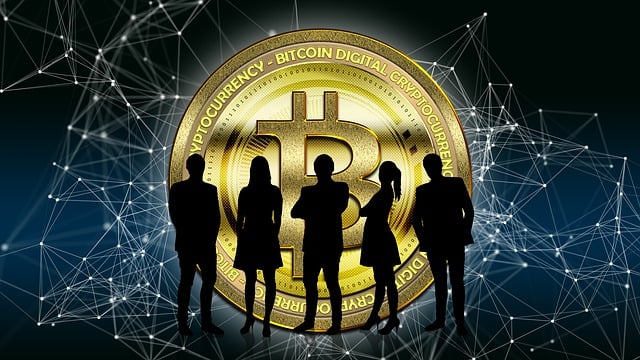Cryptocurrency secure communication: Best practices
 In the burgeoning sphere of cryptocurrency, secure communication is of paramount importance, as the exchange of sensitive information and data is inextricably linked to the preservation of privacy, trust, and the integrity of financial transactions. Employing best practices for secure communication can substantially mitigate the myriad risks and vulnerabilities associated with this nascent domain. In this scholarly treatise, we shall embark upon an exploration of the best practices for secure communication in the realm of cryptocurrency, elucidating techniques to safeguard sensitive information and obviate potential perils. 1. EncryptionEncryption, the sine qua non of secure communication, involves the transformation of plaintext information into an unintelligible cipher, thereby rendering it impervious to unauthorized access and interception. Best practices for employing encryption in cryptocurrency communication include:
2. Secure Messaging ApplicationsSecure messaging applications play an indispensable role in facilitating confidential and secure communication within the cryptocurrency ecosystem. When selecting a messaging application, consider the following criteria:
3. Two-Factor Authentication (2FA)Two-factor authentication (2FA) is an efficacious security measure that necessitates the provision of two distinct forms of identification in order to access an account or service. Implementing 2FA for cryptocurrency communications can entail:
4. Virtual Private Networks (VPNs)Virtual private networks (VPNs) represent a crucial tool for securing communications within the cryptocurrency domain, facilitating encrypted communication and obfuscating the user's IP address. Implementing VPNs for cryptocurrency communication can entail:
5. Physical SecurityPhysical security measures are an oft-overlooked aspect of secure communication, but they play a critical role in safeguarding sensitive information and obviating the potential for unauthorized access or theft. Best practices for physical security in the realm of cryptocurrency communication include:
In summation, secure communication is an indispensable component of cryptocurrency security, guarding against a plethora of threats and vulnerabilities that assail this nascent industry. Employing best practices for secure communication, such as encryption, secure messaging applications, two-factor authentication, virtual private networks, and physical security measures, can substantially mitigate the potential risks associated with the exchange of sensitive information and data in the cryptocurrency realm. This erudite exposition on the best practices for cryptocurrency secure communication provides a comprehensive overview of the techniques and methodologies that can safeguard the confidentiality, integrity, and availability of information in this rapidly evolving and complex ecosystem. Article and video for topic: Cryptocurrency secure communication: Best practices. Author: Jonathan Burroughs |





